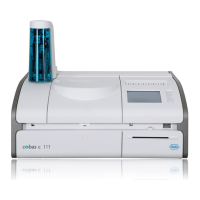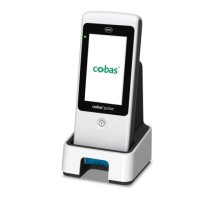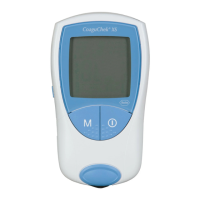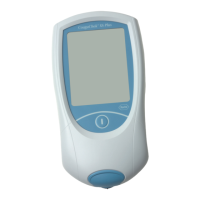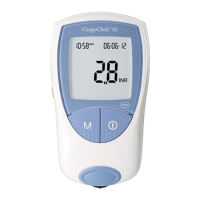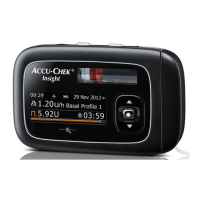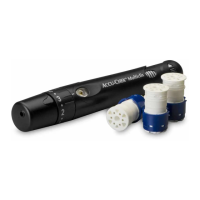Roche Diagnostics
152 Instructions for Use · Version 13.0
6 Measurement cobas b 123 POC system
Limitations of clinical analysis
Limitations of clinical analysis
Measured performance data can be influenced by known and unknown factors.
u Interferences (p. 145)
General information
Relevant literature lists various substances that can negatively impact measurement
results from blood samples. A detailed discussion of these phenomena can be found
at different places in the technical literature. Concerning the
cobas b 123 POC system, an attempt has been made to identify and evaluate these
possible influences. Since it is not possible to check all medication or substances, you
should be immediately informed with abnormal deviations of the measurement
results—as with every clinical analysis—and evaluate the complete picture of the
patient or perform more measurements in your own laboratory area, if necessary.
Plausibility check for neonatal bilirubin measurements
WARNING
Incorrect bilirubin results due to inappropriate sample collection and handling
practices
Failing to follow appropriate sample collection and handling practices may lead to the
presence of cellular particles in blood samples. These cellular particles may lead to errors
and discrepancies in bilirubin measurement values.
r Do not squeeze the puncture site before collecting your blood sample.
r Immediately after collecting your blood sample, thoroughly mix it. This can be done by
rolling the sample between both hands and lightly inverting the sample collection
container, or using a mechanical instrument that rotates the sample on 2 axes. Then,
remove all air bubbles in the sample collection container.
r Analyze your blood samples as soon after sample collection as possible. If you have to
store blood samples before measuring, store them in the appropriate sample container
at the correct temperature.
u Sample handling (p. 143)
Cellular particles in blood samples may lead to the overestimation of neonatal
bilirubin results. Therefore, bilirubin measurements are run through a plausibility
check to identify erroneous results. This plausibility check is automatically
performed if the bilirubin result is greater than 15 mg/dL (256.5 mol/L). To validate
the bilirubin results, the plausibility check compares tHb and/or MCHC results from
the same blood sample to their respective medical decision values.
q
Critical values are set to default values based on reference ranges found in clinical
chemistry and molecular diagnostics textbooks. However, you have to configure critical
values to meet your own requirements. Use the table below to determine your neonatal
MCHC reference ranges.
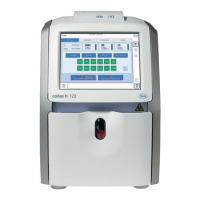
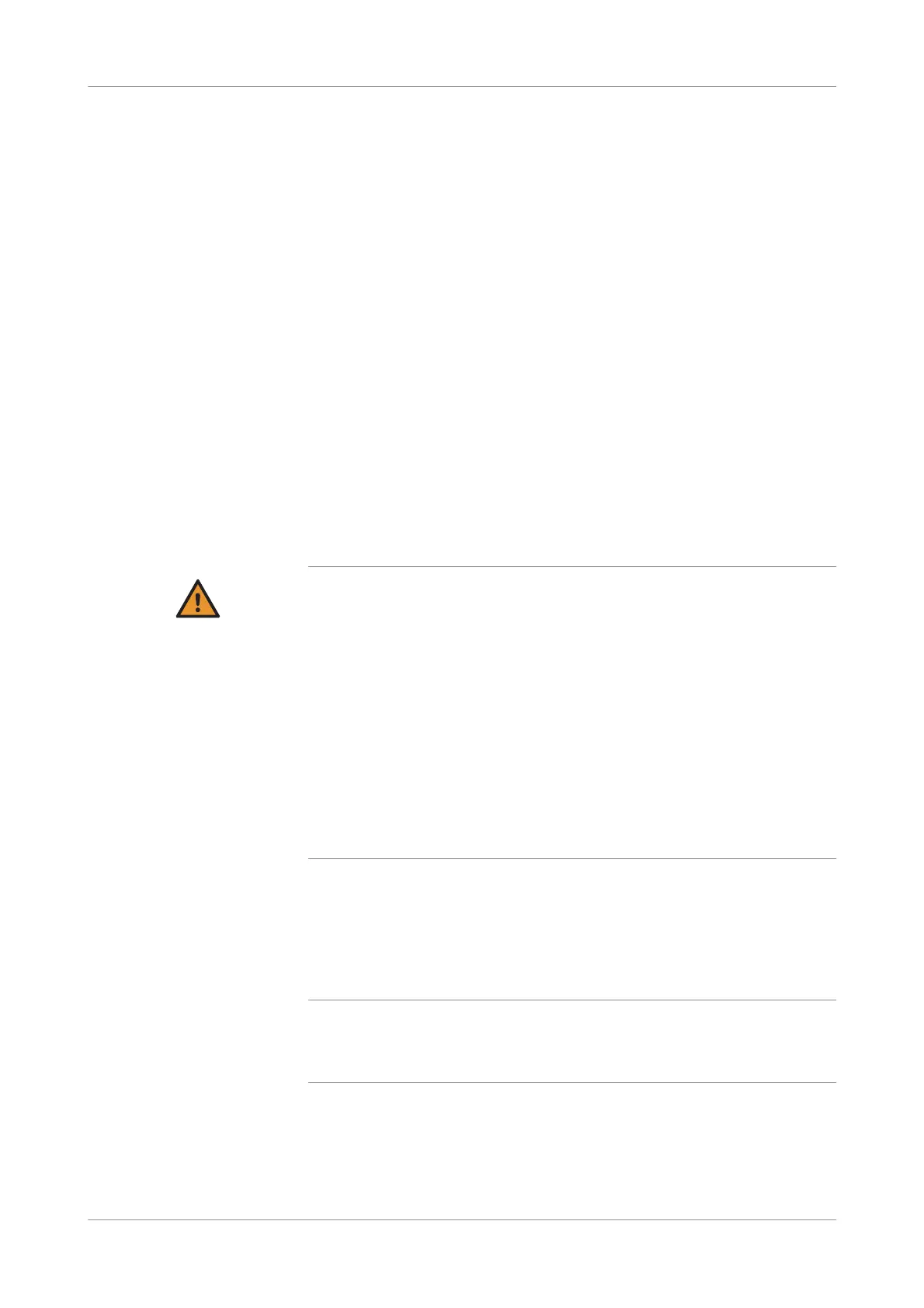